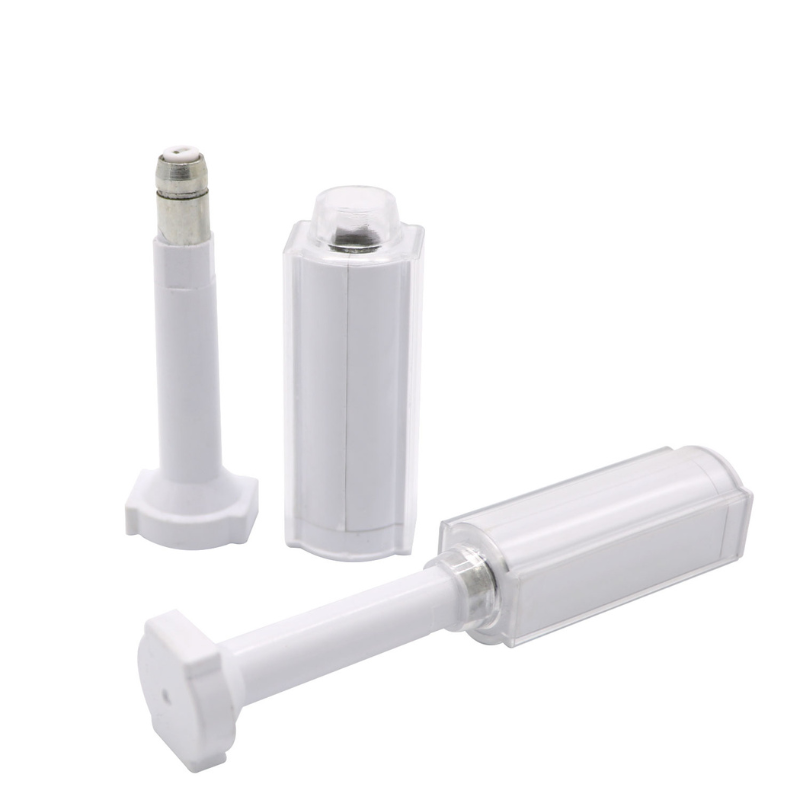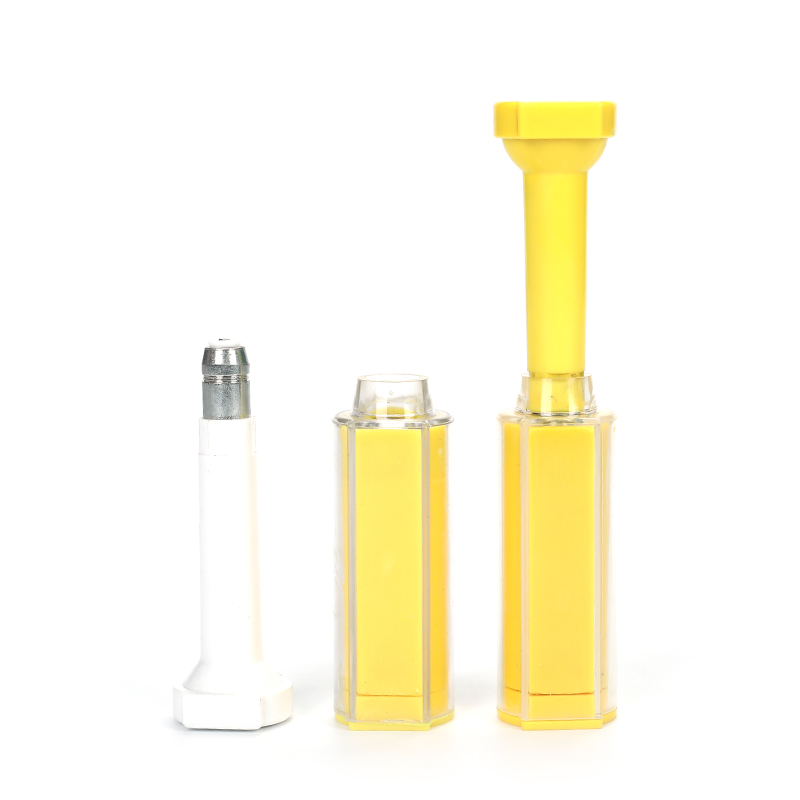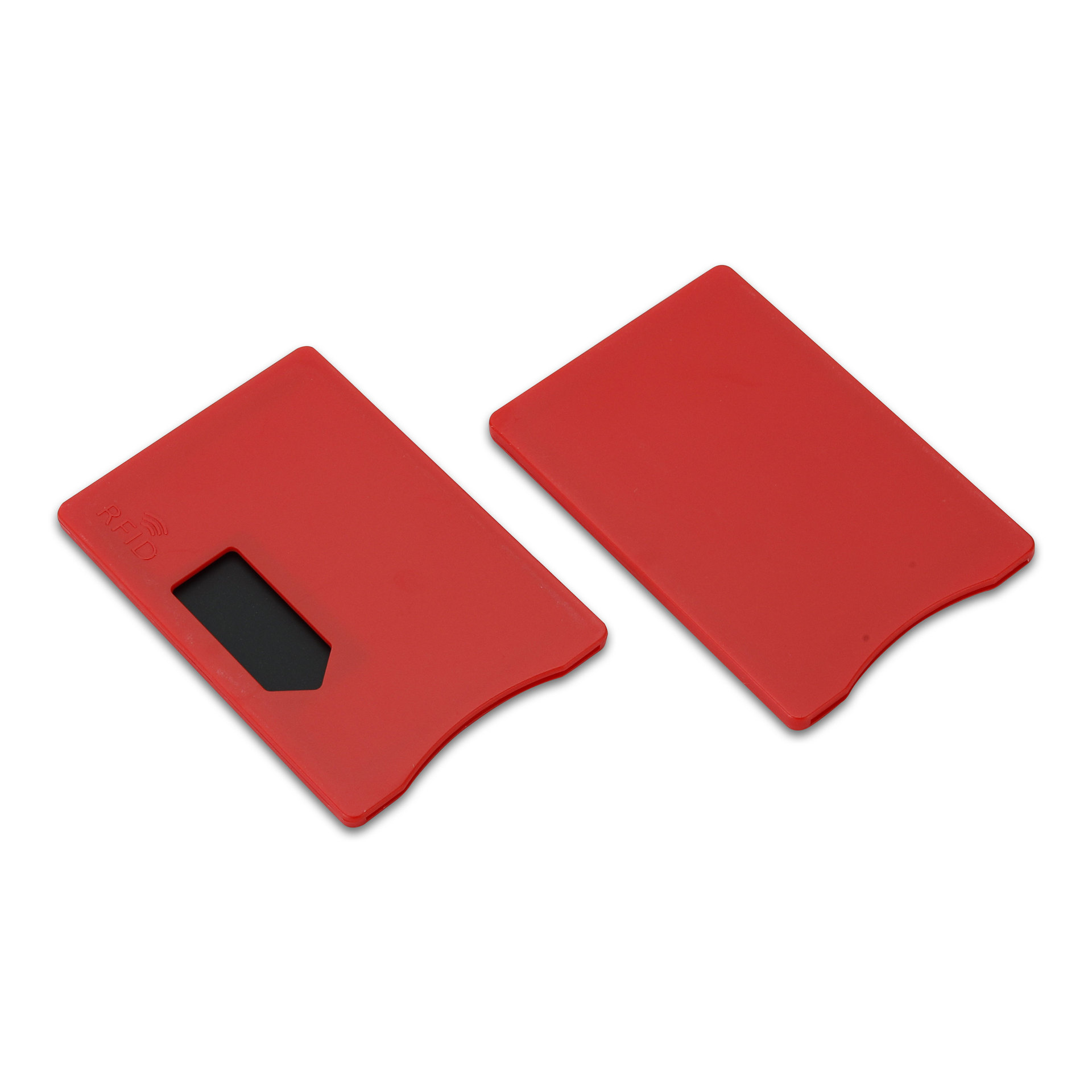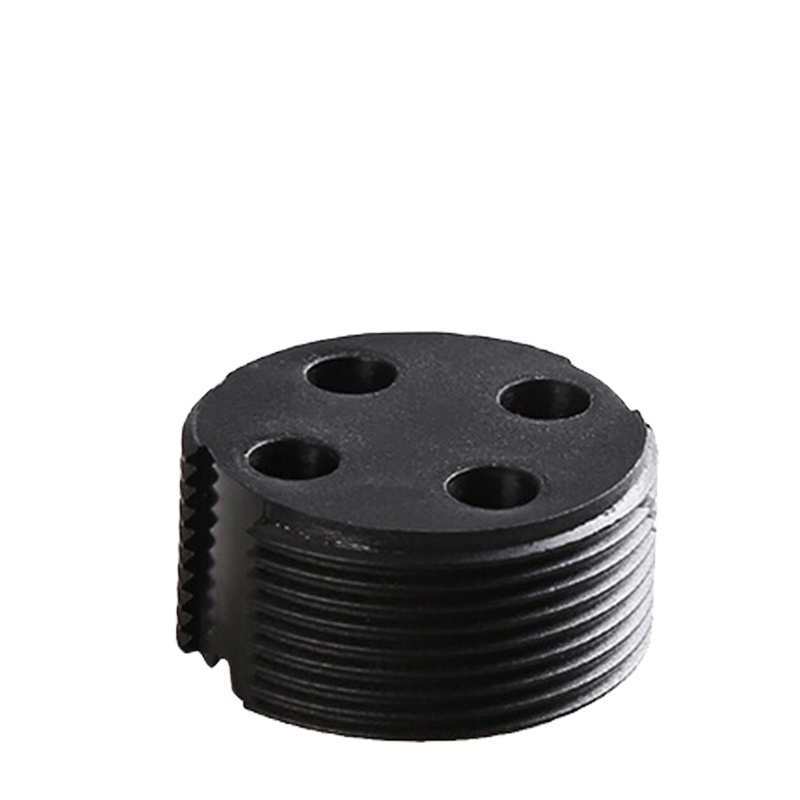
The Difference Between LF HF and UHF RFID
Table of Contents
The Difference Between LF, HF, and UHF RFID: Which RFID Frequency Is Right for You?
Understanding the nuances between these different types of RFID is crucial for businesses seeking to optimize operations. Whether in retail, logistics, healthcare, or any other industry, this guide will help you make an informed decision and see why it is well worth your time and understanding. Let’s jump in and discover the perfect RFID solution for you.

What Is RFID and Why Does Frequency Matter?
RFID systems work by using electromagnetic fields to identify and track tags attached to objects. The frequency range of the system directly impacts:
- Read range
- Speed of data transmission
- Performance near metal or liquid
- Cost and complexity of the system
Comparison Table: LF vs. HF vs. UHF RFID
| Feature | LF RFID (Low Frequency) | HF RFID (High Frequency) | UHF RFID (Ultra High Frequency) |
|---|---|---|---|
| Frequency Range | 30 kHz – 300 kHz | 13.56 MHz | 860 MHz – 960 MHz |
| Read Range | Up to 10 cm | Up to 50cm | Up to 10 meters (passive) |
| Data Speed | Low | Moderate | High |
| Cost | Low | Moderate | Moderate to High |
| Performance Near Metal/Liquid | Excellent | Good | Poor (can be mitigated) |
| Common Uses | Animal tracking, access control | Libraries, contactless payments | Inventory, logistics, retail |
Low-Frequency RFID (LF RFID)
LF RFID operates between 30–300 kHz and offers short read ranges (typically under 10 cm). These systems excel in challenging environments and can read through metal, water, and other obstacles.
Use Cases:
- Animal tracking (e.g., livestock, pets)
- Access control and building entry systems
- Industrial environments with metal interference.
Why Choose LF RFID?
If you require high durability in close-range identification scenarios — especially in agricultural settings or harsh environments — LF RFID is a dependable option.
High-Frequency RFID (HF RFID)
HF RFID operates at 13.56 MHz, with a read range up to 50 cm and faster data transmission than LF. It strikes a balance between cost, range, and speed.
Use Cases:
- Library book tracking
- Contactless payments (e.g., NFC systems)
- Event ticketing and wristbands
- Patient record management in healthcare
Why Choose HF RFID?
Ideal for medium-range applications with moderate data needs, particularly where human interaction is involved.
Ultra-High Frequency RFID (UHF RFID)
UHF RFID works between 860–960 MHz and offers the longest read ranges, reaching up to 10 meters or more with passive tags. UHF systems support fast, bulk scanning and high throughput.
Use Cases:
- Warehouse and retail inventory
- Supply chain management
- Asset tracking
- Logistics and shipping
Why Choose UHF RFID?
Perfect for environments that require rapid scanning of multiple items at once, such as retail distribution centers.
Passive vs. Active RFID
- Passive RFID: No internal power source; relies on the reader’s signal. Most LF, HF, and UHF systems are passive.
- Active RFID: Battery-powered tags with long-range and continuous broadcasting. Used in fleet tracking and tolling.
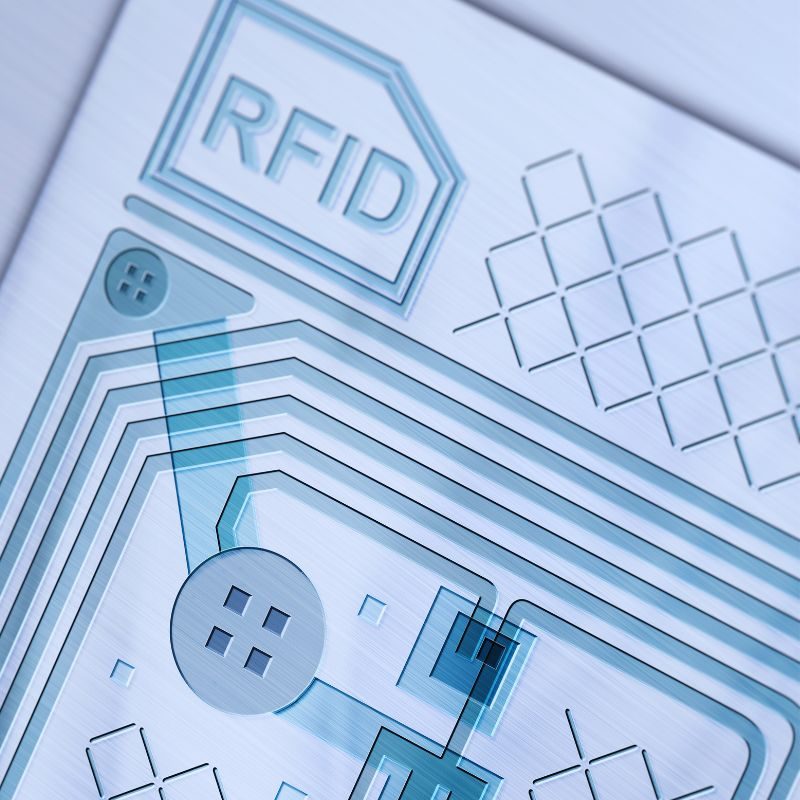
Frequency Regulations Around the World
RFID frequency bands vary by country:
- U.S. (FCC): UHF operates at 902–928 MHz
- Europe (ETSI): UHF uses 865–868 MHz
Always ensure your RFID system complies with local regulations to avoid interference and functionality issues.
Choosing the Right RFID System: Quick Guide
| Question | LF RFID | HF RFID | UHF RFID |
|---|---|---|---|
| Need short-range, durable tags? | ✅ Yes | ❌ | ❌ |
| Want balance between cost and speed? | ❌ | ✅ Yes | ❌ |
| Need to scan many items quickly? | ❌ | ❌ | ✅ Yes |
| Working near liquids or metals? | ✅ Yes | ✅ Yes | ❌ May require shielding |
What are Some Real-World Applications of Different RFID Systems?
Here are some examples of how different RFID systems are used in various industries:
| Industry | RFID System | Application |
| Retail | UHF | Inventory management, anti-theft |
| Logistics | UHF | Shipment tracking, warehouse management |
| Healthcare | HF | Equipment tracking, patient records |
| Agriculture | LF | Livestock tracking, animal health management |
| Transportation | Active | Vehicle tracking, toll management |
| Asset Management | UHF | Tracking valuable assets with UHF tags can enhance efficiency. |
| Education | HF | Library management, book tracking |
| Apparel | UHF | Clothing inventory management, theft prevention |
FAQs
What’s the main difference between LF, HF, and UHF RFID?
Primarily, the frequency band and read range. LF has the shortest range, and UHF has the longest. Higher frequencies also allow faster data transfer but have lower resistance to interference.
Which RFID is best for inventory tracking?
UHF RFID is ideal due to its long read range and ability to read multiple tags at once.
Are RFID systems secure?
Yes, especially HF and UHF systems with encryption and secure communication protocols. Always evaluate your vendor’s security features.
How do I choose the right RFID tag for my application?
Consider what you are tracking, the required read range, the environment, data speed needs, and budget. LF RFID is good for close-range, durable applications. HF RFID is suitable for medium-range, moderate data speed needs. UHF RFID is best for long-range, fast data needs.
Final Thoughts
Choosing between LF, HF, and UHF RFID depends on your operational needs, environmental challenges, and data volume. Understanding how each system works helps you invest wisely in an RFID solution tailored for success.
At JIA RFID, we specialize in customized RFID solutions to fit your specific needs.
Contact us for a free consultation or explore our RFID product catalog.
Need help choosing the right RFID tag?

Ray Zhou
This article was written by Ray Zhou, an RFID technology expert with more than 10 years of industry experience.
Comments
Hot Products

What Is RFID Waste Management
Imagine a city where every trash bin speaks — not literally — but through a tiny chip that tells the system when it’s full, when it’s emptied, and where it went. That’s what RFID waste management is doing today.

What are Bolt Seals and their Applications? | Complete Guide
In global trade and logistics, bolt seals play a crucial role in ensuring cargo security and compliance. These small but powerful devices are designed to lock shipping containers, trailers, and cargo doors with a tamper-evident mechanism.
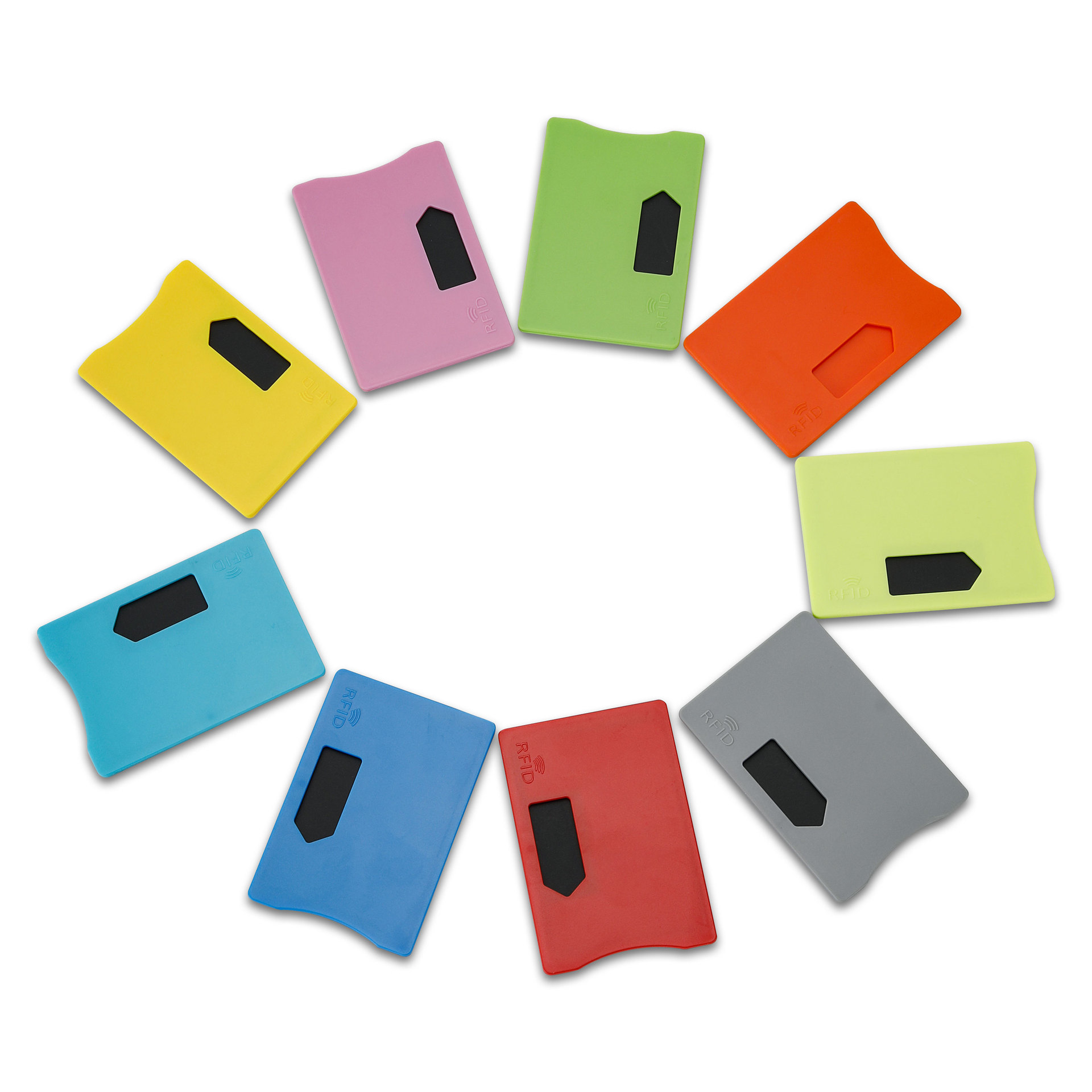
What is an RFID Card Protector? Benefits, Use Cases, and Buying Guide
RFID technology (Radio Frequency Identification) is everywhere: in your credit cards, ID badges, transit passes, hotel room keys, and more. It offers speed and convenience, but it also opens the door to a new kind of digital theft called “skimming.” That’s where an RFID card protector comes in.

RFID Wristbands for Events: Bulk Buying Guide for Organizers
RFID wristbands for events are becoming the go-to solution for organizers who need faster entry, fraud prevention, and cashless payments at concerts, festivals, and sports venues. Unlike paper tickets or QR codes, these smart wristbands use embedded chips to streamline access, secure transactions, and improve the guest experience.
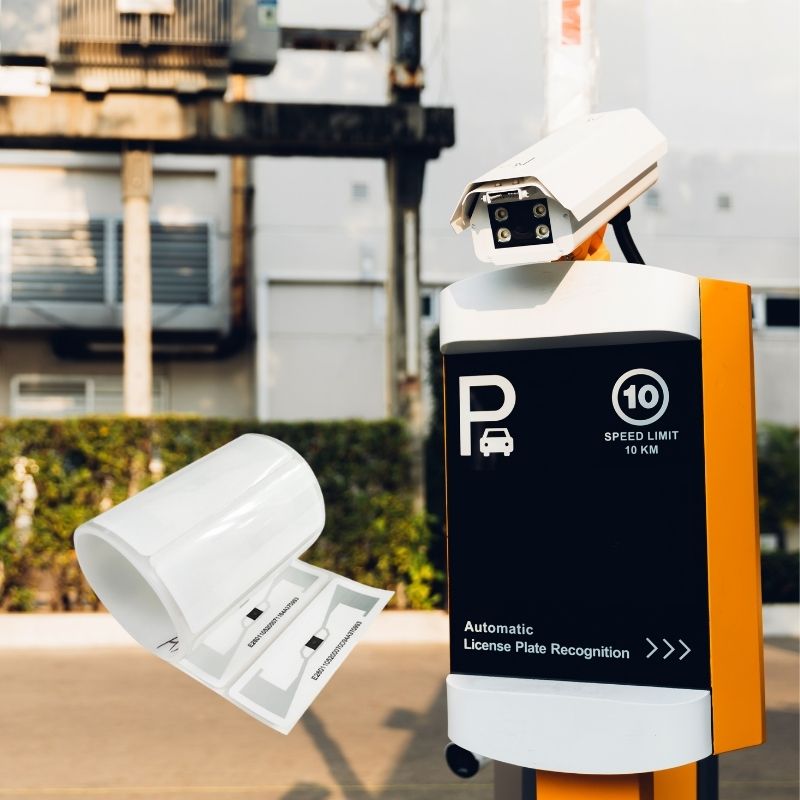
How RFID Tag on Windscreen Improves Vehicle Access Control and Toll Systems
In today’s fast-paced world, vehicle identification needs to be quick, secure, and contactless. An RFID Tag on the Windscreen provides exactly that — a reliable way to manage toll collection, parking, and gated access without stopping vehicles.
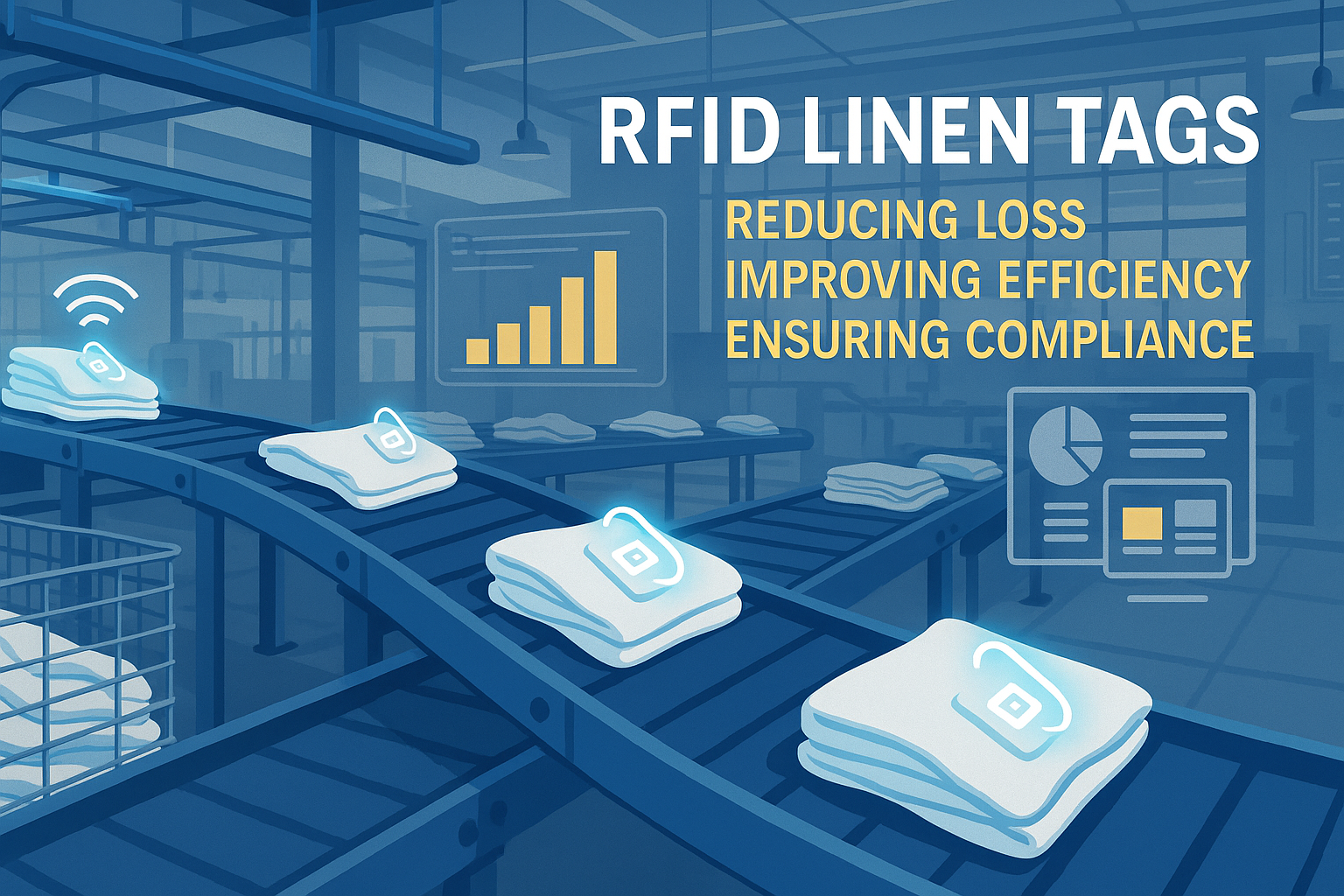
The Benefits of RFID Linen Tags in Commercial Laundry
Managing laundry in hospitals, hotels, or large laundry services is a big job. Each day, thousands of sheets, towels, and uniforms are washed, sorted, and sent back out. But problems like lost linens, sorting mistakes, and manual counting can cost companies a lot of money. For example, mid-sized hotels can lose over $200,000 each year from missing linens.
That’s where RFID Linen Tags come in.
Tags
RELATED BLOGS

What Is RFID Waste Management
Imagine a city where every trash bin speaks — not literally — but through a tiny chip that tells the system when it’s full, when it’s emptied, and where it went. That’s what RFID waste management is doing today.

What are Bolt Seals and their Applications? | Complete Guide
In global trade and logistics, bolt seals play a crucial role in ensuring cargo security and compliance. These small but powerful devices are designed to lock shipping containers, trailers, and cargo doors with a tamper-evident mechanism.

What is an RFID Card Protector? Benefits, Use Cases, and Buying Guide
RFID technology (Radio Frequency Identification) is everywhere: in your credit cards, ID badges, transit passes, hotel room keys, and more. It offers speed and convenience, but it also opens the door to a new kind of digital theft called “skimming.” That’s where an RFID card protector comes in.

